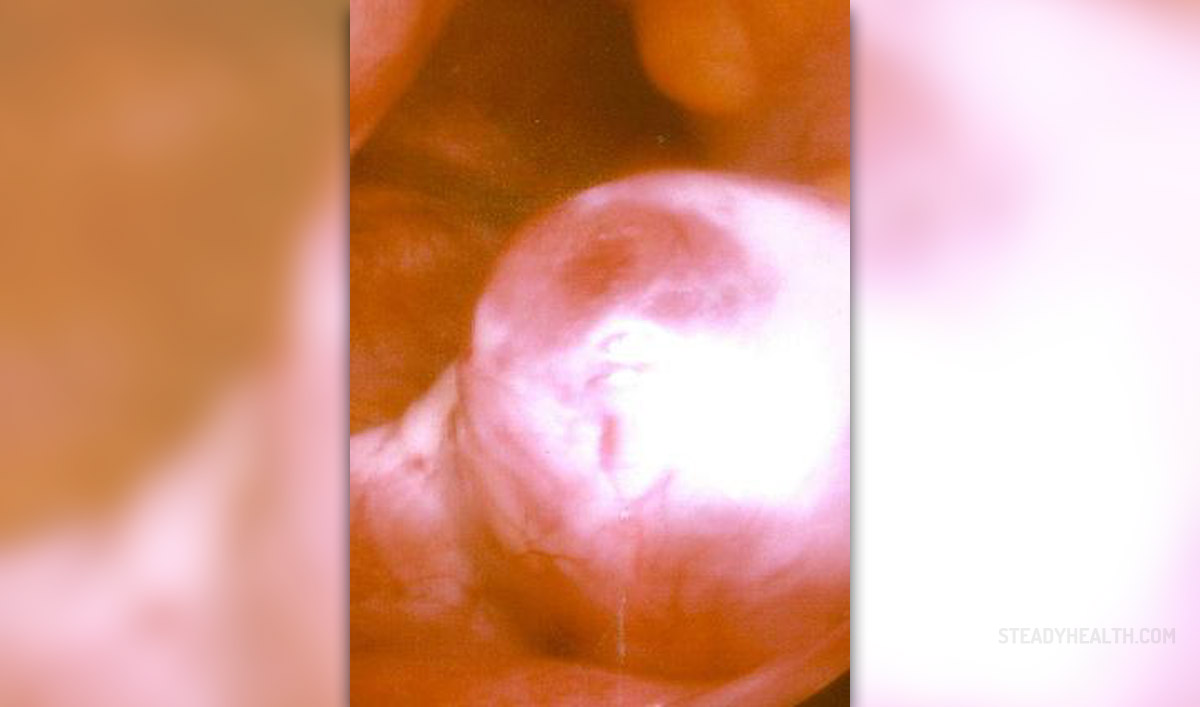
It is of major importance for all women to understand their menstrual cycle, especially if they are determined to conceive. The only time when a woman can conceive is soon after the egg is released from the ovaries. So, by knowing when ovulation takes place a woman may be more certain that the pregnancy will occur.
The Most Fertile Part of a Menstrual Cycle
It is a well known fact that during a menstrual cycle, most days are actually infertile while only a few are known to be fertile and allow fertilization and implantation of the egg previously released by the ovaries.
By being familiar with all the parts of a menstrual cycle, a woman may predict the time of ovulation. Also, there are certain kits that may help confirming fertile days of a menstrual cycle. Finally, by keeping a fertility chart each woman may get to know her menstrual cycle better and be prepare to take advantage of the most fertile days available.Ovulation: the Release of the Egg
Ovulation is a very specific process, taking place due to the presence of specific hormones. Initially, when a menstrual cycle starts, FSH (follicle stimulating hormone) enables the ovaries to nurture eggs. There are several follicles containing eggs which become more mature. They secrete estrogen. Together with the progression of the menstrual cycle the eggs move towards the surface of the ovaries. Only one follicle will reach utter maturity and release the egg once the time comes. Immediately before ovulation and release of the egg, the body experiences the LH (luteinizing hormone) surge. The hormone is responsible for the actual release of the egg.
The egg is now ready to be fertilized and fertilization may take place within the following 24 hours. So in order for fertilization to take place a woman must have unprotected intercourse within these 24 hours. Fertilization, if it occurs, takes place in the fallopian tube and then the fertilized egg is sent to the uterus where it is implanted.
If there is no semen to fertilize the egg, fertilization and implantation do not occur and the menstrual cycle continues with shedding of the uterus and repeated stimulation of the ovaries to produce another set of eggs, out of which only one will be released during the following ovulation cycle.
It is essential to mention that the body makes fertilization much easier by changing conditions in the uterus and lower potion of the genital tract. Namely, the cervical mucus becomes transparent, white and slippery allowing the sperm to reach the egg. Also, the cervix becomes more soft and ready to open up. All in all, the body creates perfect conditions for conception and makes the entire process much easier.










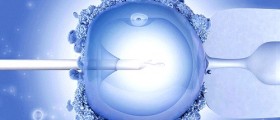
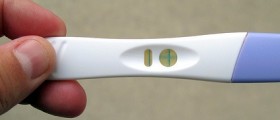


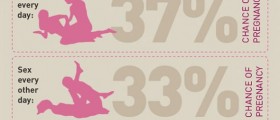
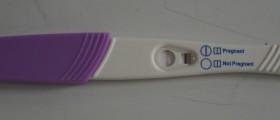

Your thoughts on this
Loading...